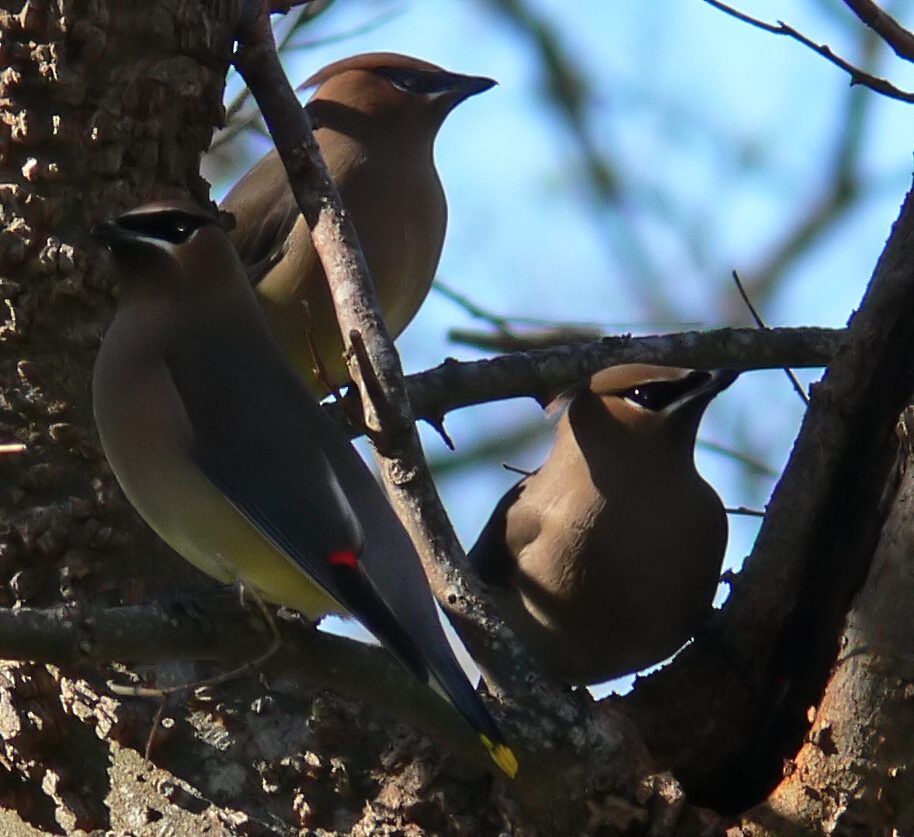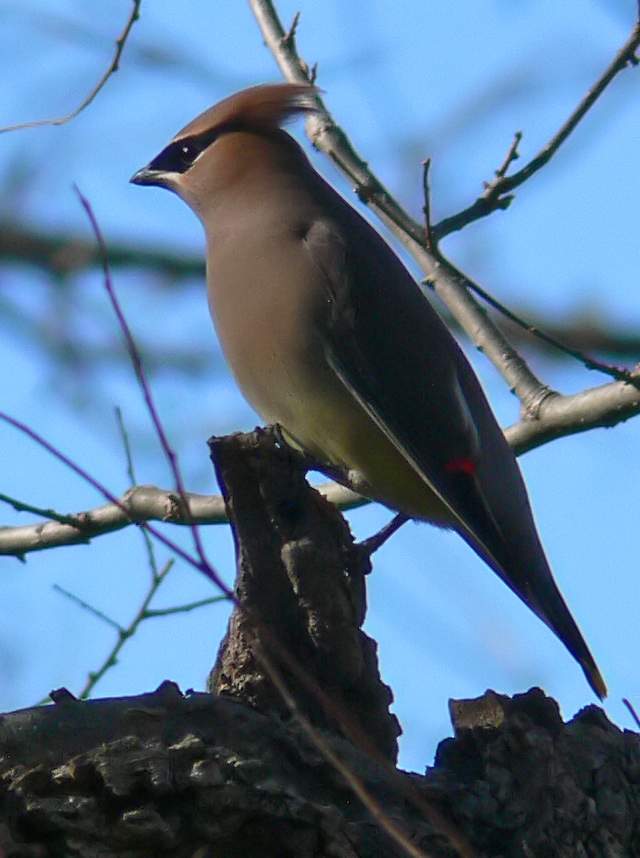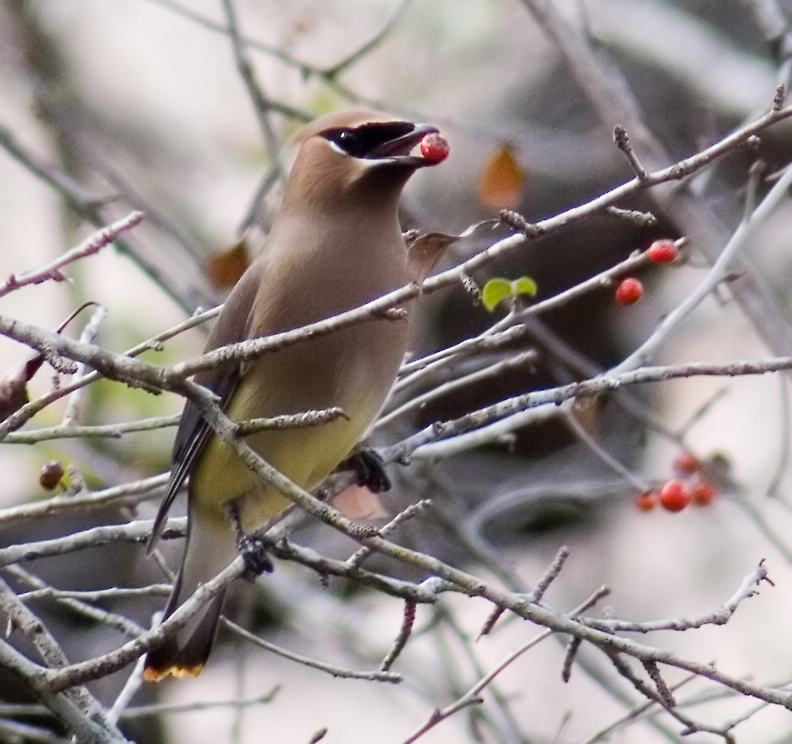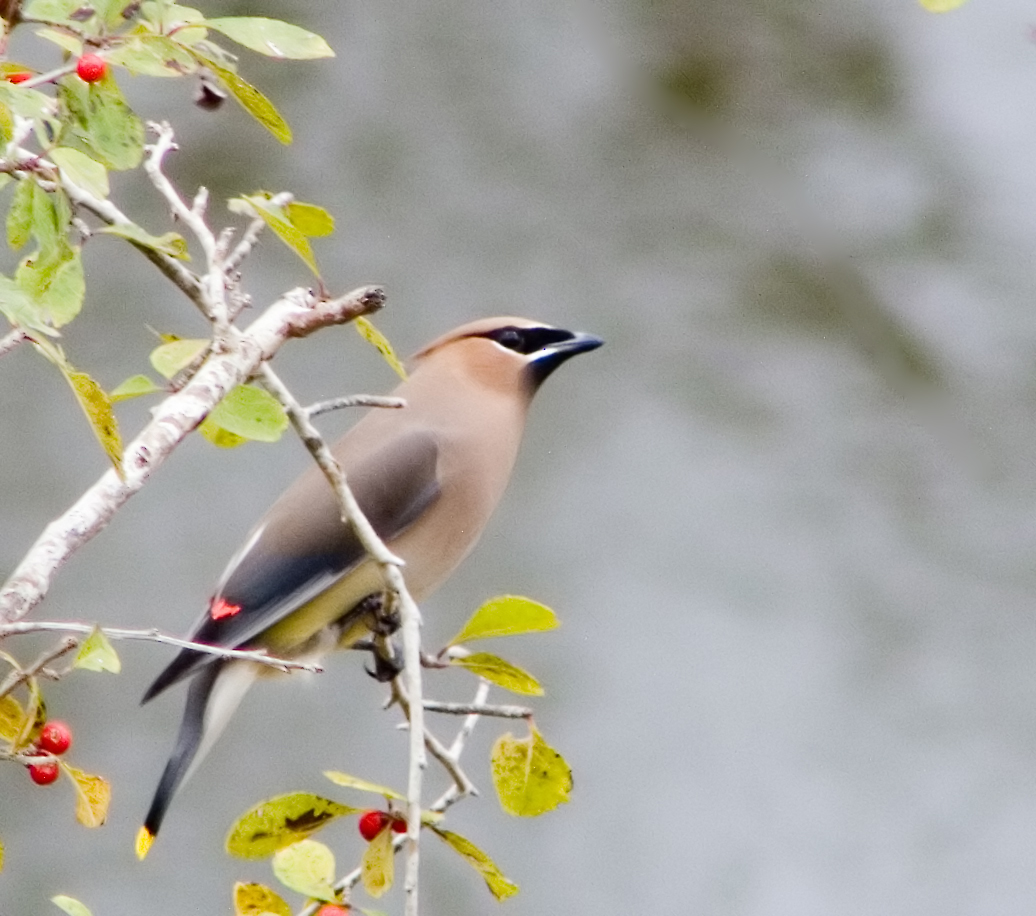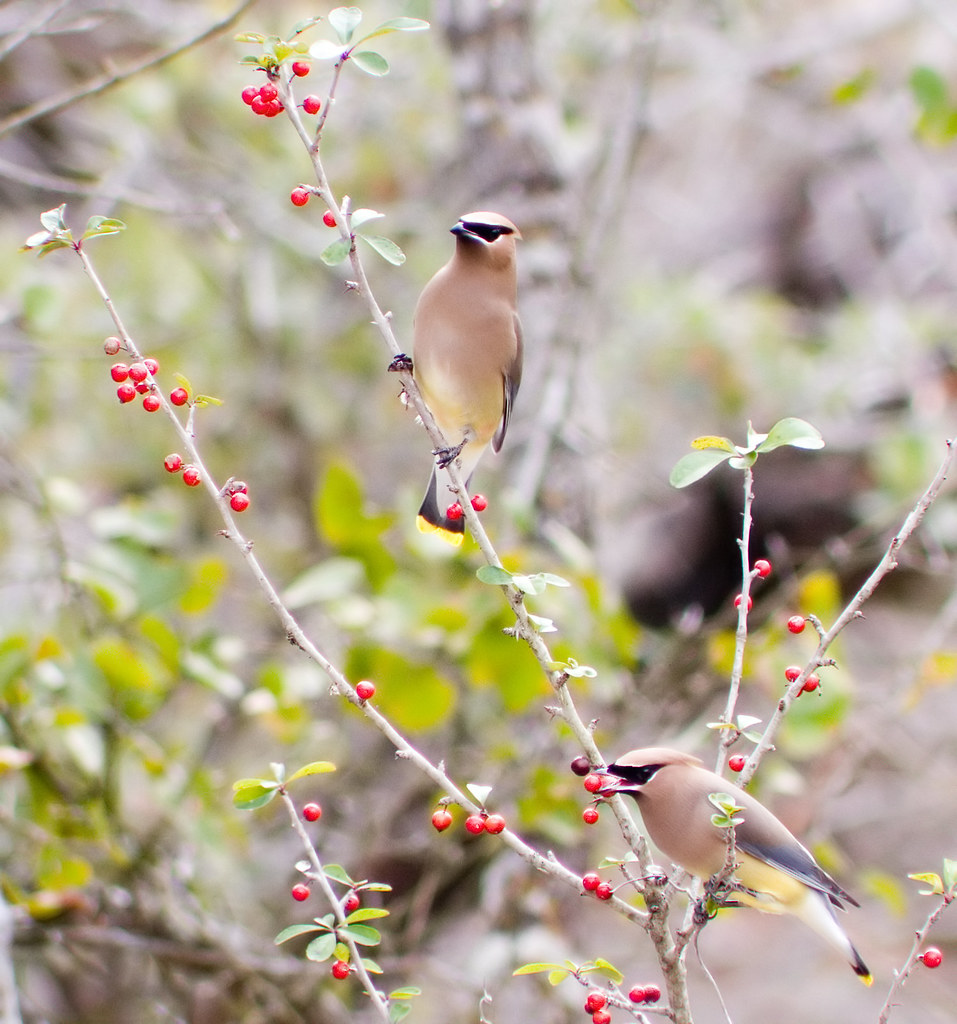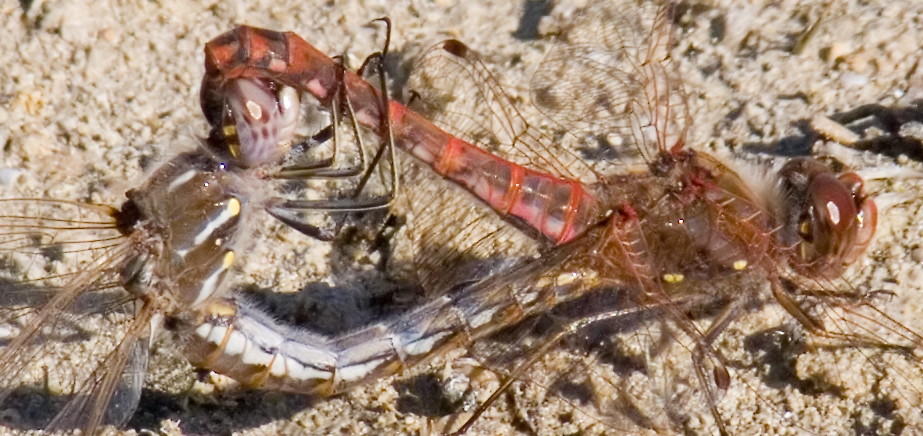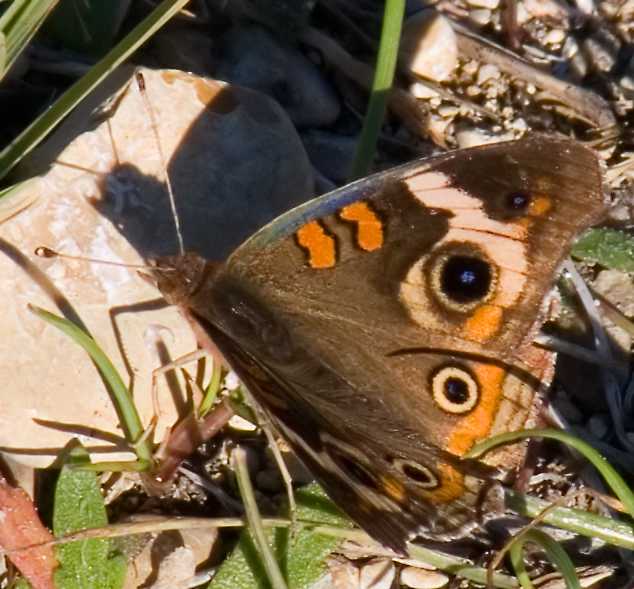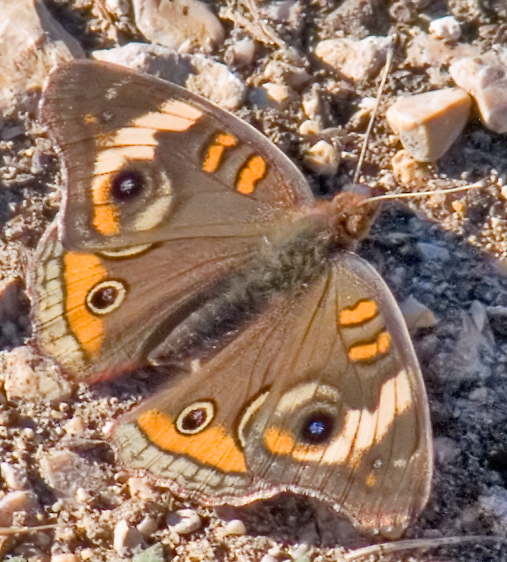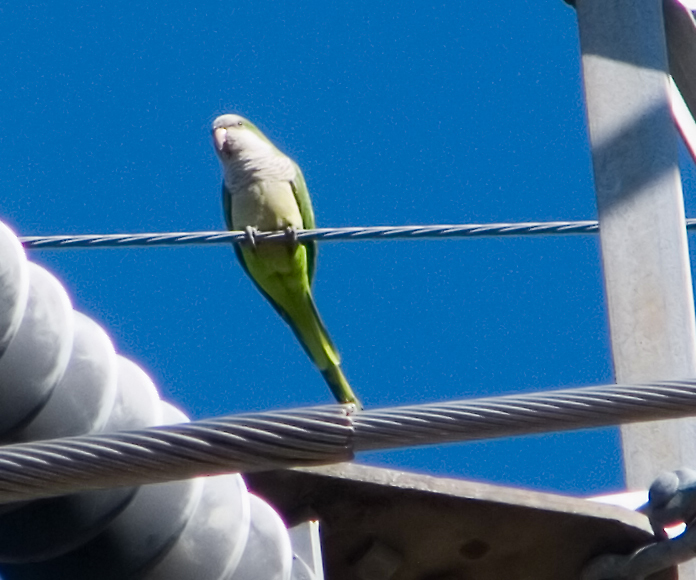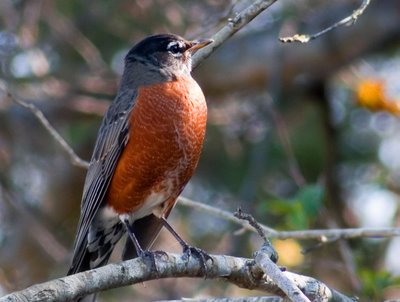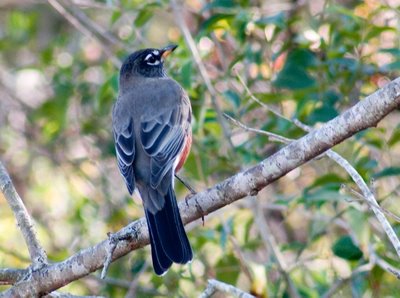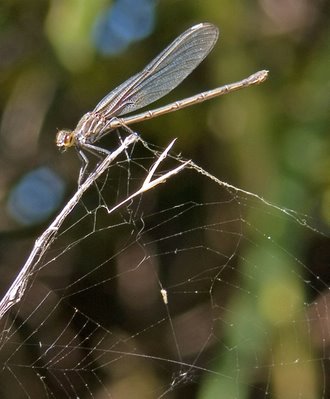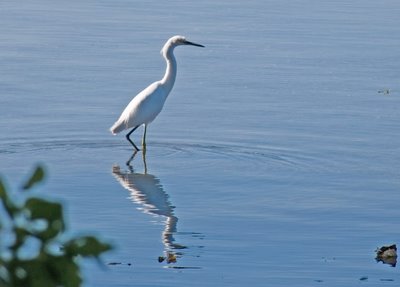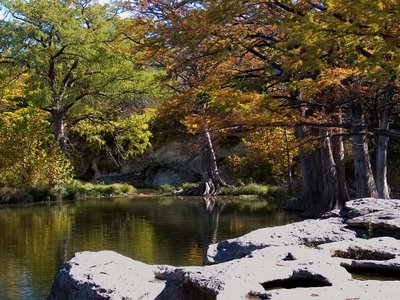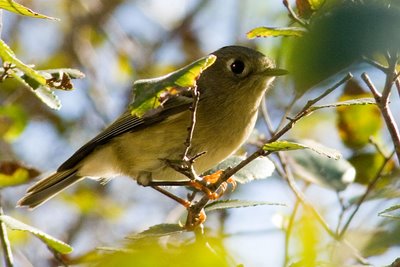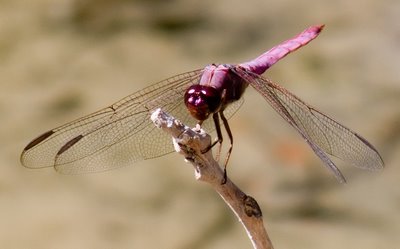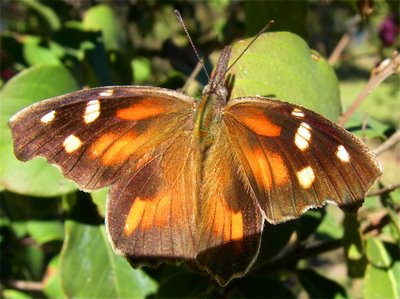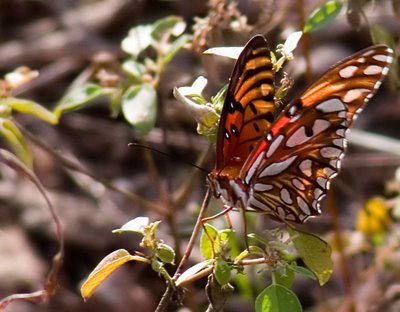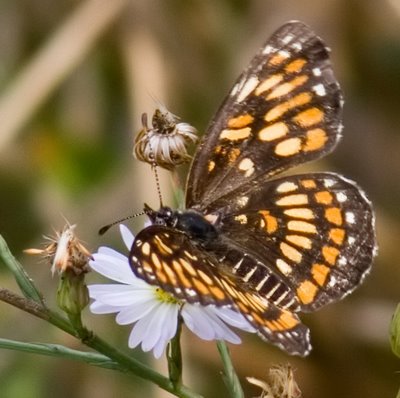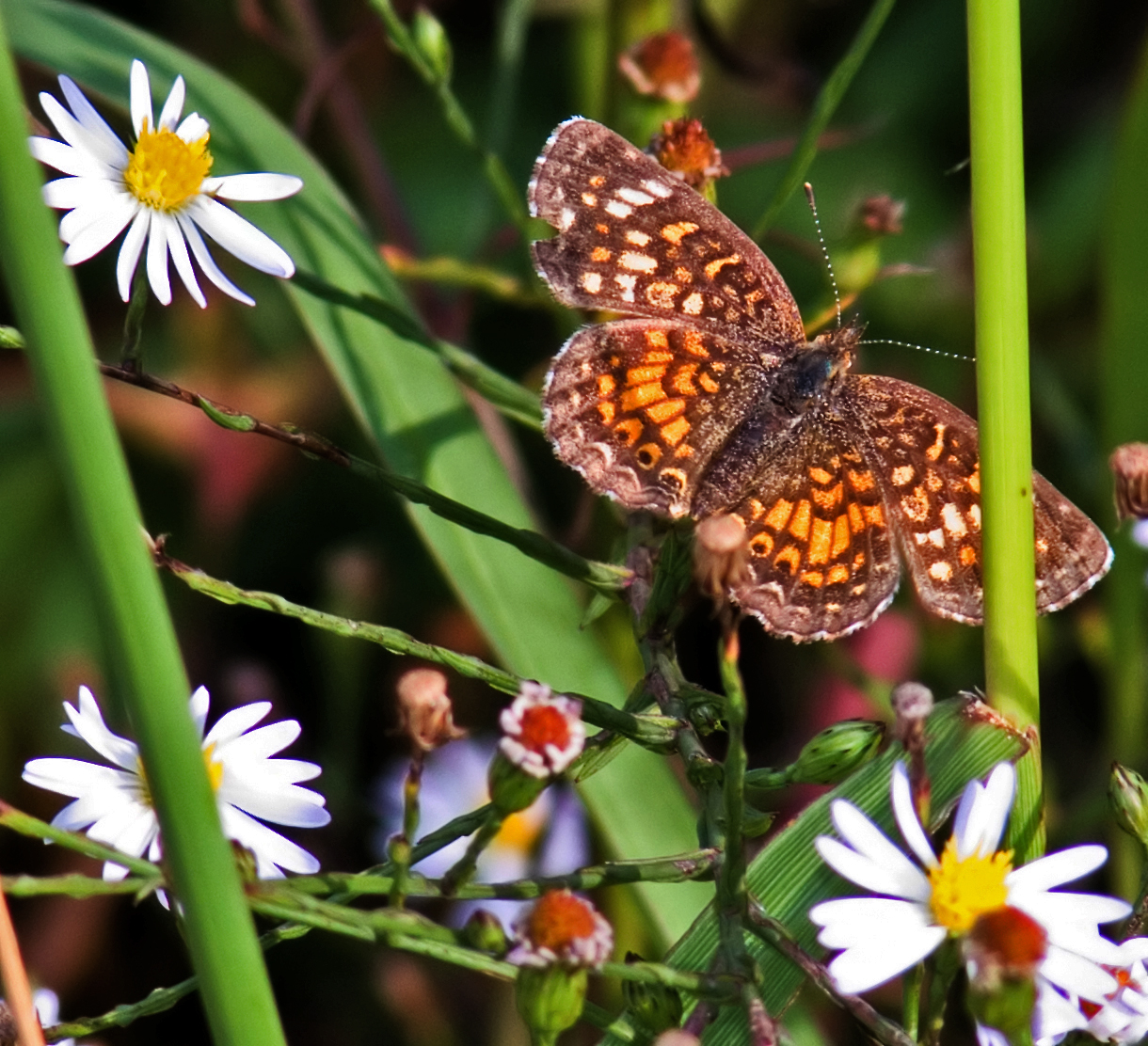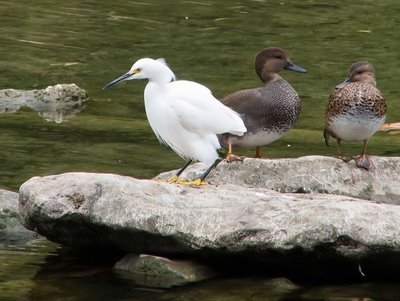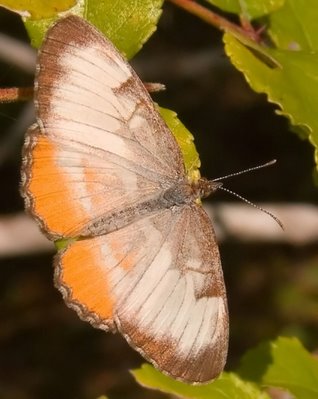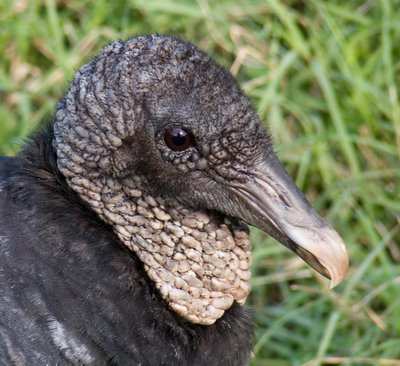I've just been reading an
article by Gary Wolf, in Wired News, which can be summarized as saying that the fatal flaw of atheism is that atheists are assholes. Or more strictly, he is saying--given the nuanced picture he paints of Richard Dawkins, Sam Harris, and Daniel Dennett--that they are, just slightly, insufferable. I thought of Alice B. Toklas dismissing Ezra Pound as a village explainer. She was using essentially the same argument.
Now, one can say that Wolf misses the point, and obviously, if the point is the truth of atheism, that would be correct. Defenders of Pound's poetry can consider the truth of Toklas's put-down irrelevant. But Wolf makes a good case that that line of reasoning is more worthy of consideration than we might initially think.
It occurred to me, in reading Wolf, that some of the more passionate contemporary atheists replicate the fervor of partisans in the war on terror in--for example-- advancing Bernard Lewis-like arguments against islam...and then go on, in the name of reason and consistency, to use the same arguments against Christianity. Take Harris, who is an atheist crypto-Buddhist, but who becomes evangelical in his crusade against Islam, using rhetoric Richard Perle himself might be comfortable with, although actually Perle might be a bit less inflammatory. The difference of course (to be fair, one of many differences) is that Harris goes on to discover the same flaws in Christianity and supernaturalism in general--namely, that, as belief-systems, they are all inimical to civilization, and should be eradicated. That means the ideas ought to be eradicated, not the people, but it is hard to eradicate ideas, especially given that the bearers of these ideas regard the ideas as proxies for their very selves, and will defend the ideas with the fervor of anyone defending the homeland (another proxy for the fortified self) against its enemies, to the death. That way lies trouble. I say that as another crypto-Buddhist.
So are notable militant atheists like Dawkins and take-no-prisoners bloggers like PZ Myers theological counterparts of neoconservatives? I'm guessing Dawkins and Myers are politically left, and hence would reject the proposition with vigor, if not horror...but...how about the crusader spirit, the scorn for weakness and negotiation? Well, you'll have to answer the question on your own.
Anthropologists have always taken religion to be rational, not in the way that philosophers speak of rationality, but kind like economists do when they are talking about the rationality of the market. The market operates rationally even though the stuff you buy cannot necessarily be philosophically justified. SUVs are bad for the world, but you get a sense of well-being, allegedly at least, in exchange for your money, and the market system (well, supposedly) rationally adjusts the disconnect between your needs and your pocketbook.
Perhaps the word rational is operating as a pun in this discourse--a play on the word, though the pun is not especially funny.
I do consider that militant Islam and evangelical Christianity are, in fact, a danger to civilization. But I don't want to be a danger to civilization myself.
Militant Islam is not the same as Islam. For a long time I was a subscriber--a silent member--of an online Sufi discussion list. Unlike the people on any other internet discussion group I have ever been part of, including Buddhist ones, the Sufis were polite, unflappable, and they damped out any incipient flame-wars with humor, generous good will, and cheerful invitations for one and all to find something holy both in the views of the flamer (who were very rare on the list to start with) and in the views that the would-be flamers were denouncing as vile and beyond the pale. And we all know that online exchanges are--normally--notorious for acrimony.
These Sufis seemed to me, after I had been reading their thoughts for a couple of years, to be the most balanced, the most urbane, the most generously thoughtful, and the least self-important group of people I have ever met online. In other words, they behaved like exemplary guests in your home would behave, but with strangers. You can't get more civilized than that.
These were traditional Chishtiyya Sufis, not Western new-age type Sufis--they were devout Muslims, from Muslim countries, and spoke English on the list only because it served as a common language. Of course, they were mystics, and thus might be considered heretics by puritanical Saudis, but they thought of themselves simply as ordinary Muslims. They just tended to have a reverential viewpoint on the world in general, and probably would define God--which they did not seem much interested in doing--as that which they were reverent about, in the world. A far cry from what atheists want to dislike.
I am certainly as guilty as anyone else of having a scornful view of evangelical Christians. As a Buddhist I try to remind myself, often and unsuccessfully I am afraid, that dissing someone's religion does no good.
Returning to my SUV bad example, suppose you are concerned about global warming and want to convince people to stop buying SUVs. How do you do that? I don't claim to know the secret, but surely it would not consist in hectoring them and pointing to them the harm that SUVs do. You can successfully point out SUV harmfulness to people who already don't have them, but not to those who do. Obviously, those folks think otherwise or they would not have bought the damn things. The harangue is not a good tool for this work.
postscript:
But [if someone who wants to stay on-message asks] do I believe in God? Like many Buddhists, I tend to think the question is unimportant. If pressed, though, I guess I would answer like a Chishtiyya Sufi.
